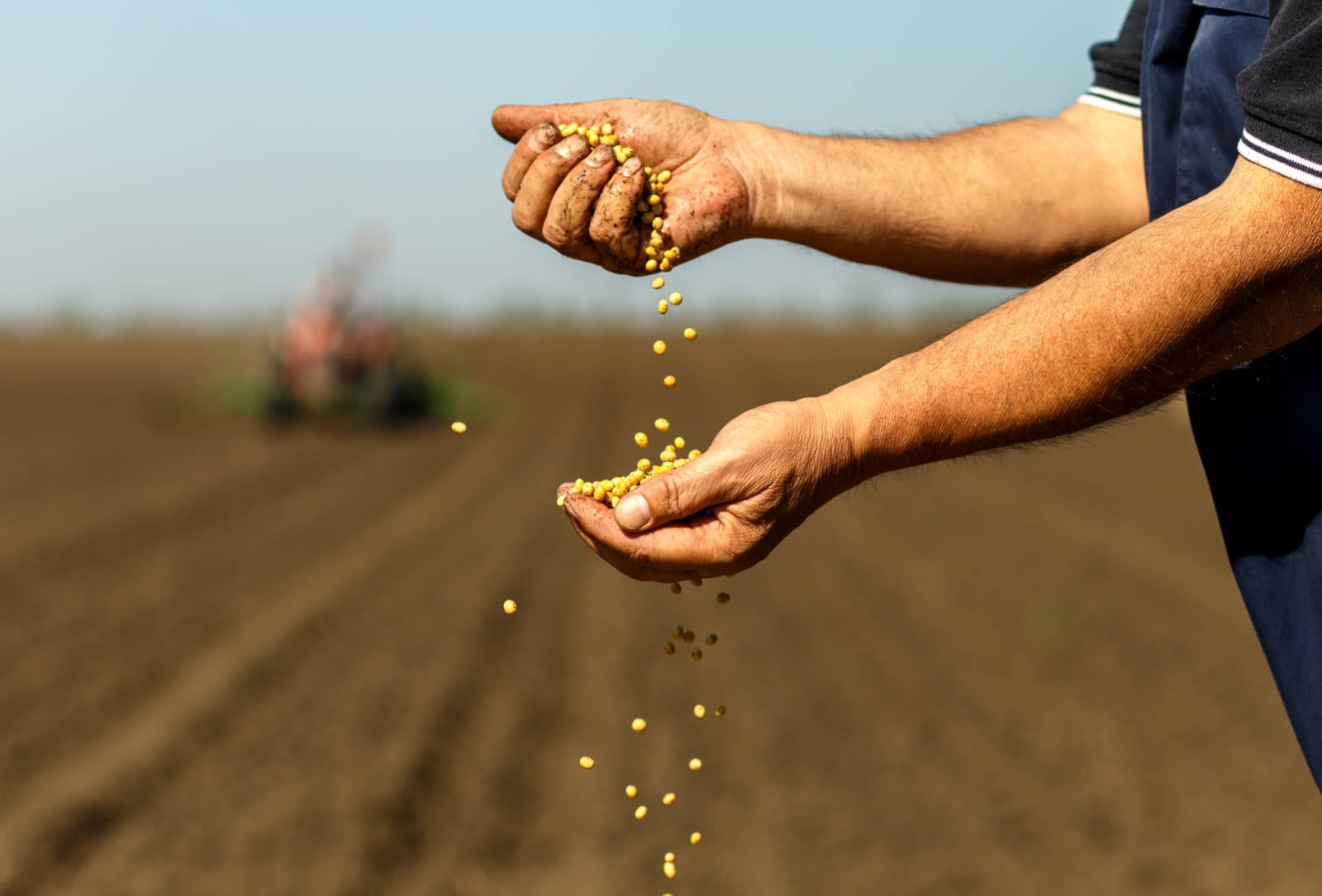 I have been talking about how the weather impacts our farm all season. Wrapping up harvest and preparing for next season is no different. Farming is a business, but one that is very dependent on Mother Nature.
I have been talking about how the weather impacts our farm all season. Wrapping up harvest and preparing for next season is no different. Farming is a business, but one that is very dependent on Mother Nature.
We finished soybean harvest as expected in early November. Overall, our soybean yields were a little better than our average field history. That was encouraging, given that a wet spring pushed planting late, but a dry summer challenged the crop to fill soybean pods well.
The beautiful weather we experienced the first week of November extended through much of the month, allowing us to finish harvesting corn on November 23. Warmer-than-average temperatures allowed our late-planted corn to dry down well, so that we picked it at 20 to 22% moisture. That was much better than early reports we’d heard from neighbors in our region of the eastern U.S. Midwest about harvesting very wet, high moisture corn. The weather also kept the fields firm, so that we could work in them without worrying about soil compaction.
Unfortunately, Mother Nature’s challenges – our wet spring and dry summer – combined to cut our corn yields. Overall, our corn yields were about 15% below our 10-year average, which is what I expected based on how late we planted because of the wet spring, but then the very dry conditions when the crop really needed moisture in August. Despite the disappointing yields, our test weights were closer to average, which the poultry farm we deliver most of our corn to appreciates.
While my daughter Jana, son-in-law David and I focused on corn harvest, our input supplier spread our fertilizer and cover crop seed mix in many of our fields. The mix of chicken litter, potash and a few other nutrients, along with rye seed for our cover crop in some fields, will help prepare our fields for next season.
We also are working on a major, much-needed drainage project we are sharing with a neighbor. I took a video of the tiling machine at work, showing how technology has improved the process of putting tubes under the field to manage the flow of excess water.
Our weather changed just as we wrapped up harvest and got fertilizer spread. We had a bit of rain toward the end of harvest. After we finished, we got 2.5 to 5 cm, or 1 to 2 inches, of rain that kept us from getting additional fieldwork done. That was followed by a cover of snow. By the beginning of December, we had snow covering of 7.5 to 10 cm, or 3 to 4 inches. Though it may melt, that will keep fields wet with cold winter temperatures.
We try to incorporate that fertilizer and cover crop into the field with a bit of tillage to ensure the nutrients stay in place and help the cover crop germinate. However, we only had time to get to between half and two-thirds of our fields before the rain and snow stopped us. The cover crops that were planted did emerge, but they were very small when we got the snow.
We also planned to do some vertical tillage on fields that still have a heavy mat of cover crops from last fall and winter. We wanted to incorporate the organic matter a bit and help the fields dry out a bit. However, we didn’t get that done. If we get a chance, we will do that over the winter or next spring.
We also were not able to plant all the cover crops we planned. It’s too late for that now, so we will adapt as needed next year.
 With most of our 2020 crop in our storage, we will be monitoring prices to decide when we want to sell and then deliver soybeans and corn to customers.
With most of our 2020 crop in our storage, we will be monitoring prices to decide when we want to sell and then deliver soybeans and corn to customers.
Now we are turning our attention to 2021 planning. We’ve ordered most of the soybean and corn seed we plan to plant next spring. We are focused on equipment maintenance to prepare for next spring.
It’s also meeting season. Usually that means lots of traveling and catching up with farmer friends from around the country. Unfortunately, all our meetings this year have moved online. While I appreciate Zoom, I miss building relationships with farmers and customers in person.
Like every year, 2020 has been a season of adapting to Mother Nature and unexpected weather. From managing cover crops, preparing for planting, waiting for rain to stop and actually planting to waiting for, appreciating and worrying about rain, the weather has dictated how and when we cared for our crops and when we harvested them through October and November. Despite interruptions to our crop plans, we know how to adapt to these events. We couldn’t plan for 2020 events like the global pandemic.
But we’ve survived and adapted, and now we are moving forward. As always, we look forward to the next season and the chance to do it all again.

